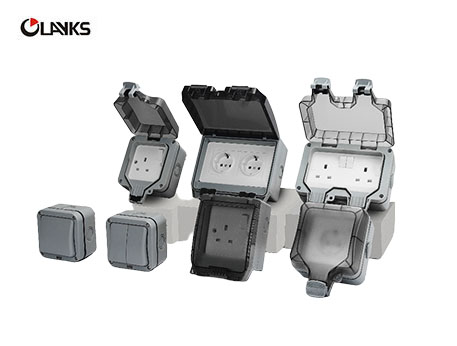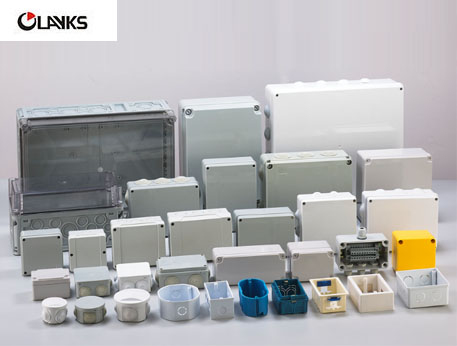Smart Distribution Boxes in Renewable Energy Systems — The Next Generation of Safe, Connected Power

Summary: As renewable energy deployments scale, the distribution box evolves from a passive enclosure into an intelligent field node. Smart distribution boxes combine robust, weatherproof hardware with sensors, communications and power-control logic — enabling safer, more efficient solar arrays, battery installations, microgrids, and EV charging networks.

The modern distribution box — sometimes called an outdoor distribution enclosure or weatherproof power cabinet — is undergoing a fast transformation. Manufacturers such as Olayksele are integrating telemetry, surge protection, modular wiring, and easier serviceability into IP65–IP68 rated housings. For renewable projects, this trend reduces downtime and increases available energy yield by enabling predictive maintenance and finer-grained power management.
Overview: From Passive Enclosure to Active Power Node
Historically, distribution boxes were simple: a place to terminate conductors and house protective devices. Today’s demands — intermittent renewable generation, distributed storage, and remote monitoring — require distribution boxes to be resilient, field-serviceable, and connected.
Smart distribution boxes serve several roles simultaneously: safe termination point, local overcurrent and surge protection, switching node for islanding and grid reconnection, and an edge device for monitoring and control. This multipurpose role transforms the box into a strategic element of grid reliability and asset management.
Key benefit: Embedding sensors and communications into distribution boxes shifts maintenance from scheduled to condition-based, reducing costly truck rolls and improving system uptime.
Why Smart Distribution Boxes Matter in Renewable Energy
Renewable energy systems—solar farms, rooftop PV, and wind installations—face unique operational challenges: distributed assets, exposure to weather, and variability of generation. Smart distribution boxes address these issues by:
- Providing local monitoring of voltage, current, temperature, and humidity, enabling fast detection of faults and insulation degradation.
- Supporting remote switching and sectionalization to isolate faults without shutting down the entire array.
- Integrating surge protection and DC/AC disconnects to protect sensitive inverters and controllers.
- Allowing firmware updates and configuration changes via secure communications for evolving grid requirements.
For operators managing hundreds of distributed boxes, aggregated telemetry becomes an important input to operations centers, enabling centralized dashboards and automated fault prioritization.
Technology Stack: Sensors, Comms, Protection and Power Electronics
The “smart” in smart distribution boxes comprises several technologies that must be designed to work reliably outdoors:
Sensors & Diagnostics
Common sensors include current transformers (CTs) for load measurement, voltage dividers for bus monitoring, thermistors or RTDs for internal temperature, and humidity sensors to detect seal failure. Advanced designs may include partial discharge sensors and insulation-resistance monitoring to detect faults at an early stage.
Communications
Reliable data transmission is essential for the remote operation and monitoring of distribution boxes. These systems rely on protocols like Modbus, DNP3, and IoT standards such as MQTT or RESTful APIs. Secure communication platforms are also integrated to ensure safe and encrypted data exchange with central systems.
Surge Protection and Overcurrent Devices
As renewable energy systems face unpredictable loads, it’s crucial to have robust surge protection and circuit breakers integrated into distribution boxes. This protects sensitive electronics from voltage spikes and ensures that energy distribution is safe even in extreme weather conditions.
Solar PV Integration and Distribution Boxes
Solar photovoltaic (PV) systems require highly reliable and secure electrical distribution systems. Smart distribution boxes serve a critical role by enabling efficient integration with solar panel arrays. These boxes protect the system from overvoltage, overheating, and provide continuous monitoring to ensure that the solar energy conversion process is operating optimally.
When integrated with IoT-enabled sensors, these systems can automatically adjust settings to optimize power flow, ensuring both the solar array and storage systems work together seamlessly for maximum energy efficiency.
Battery and Storage Systems
With the rise of distributed energy storage, distribution boxes play an integral role in managing battery systems. These boxes help to regulate the power flow from battery banks, solar panels, and grid systems, ensuring that power is distributed efficiently and safely.

